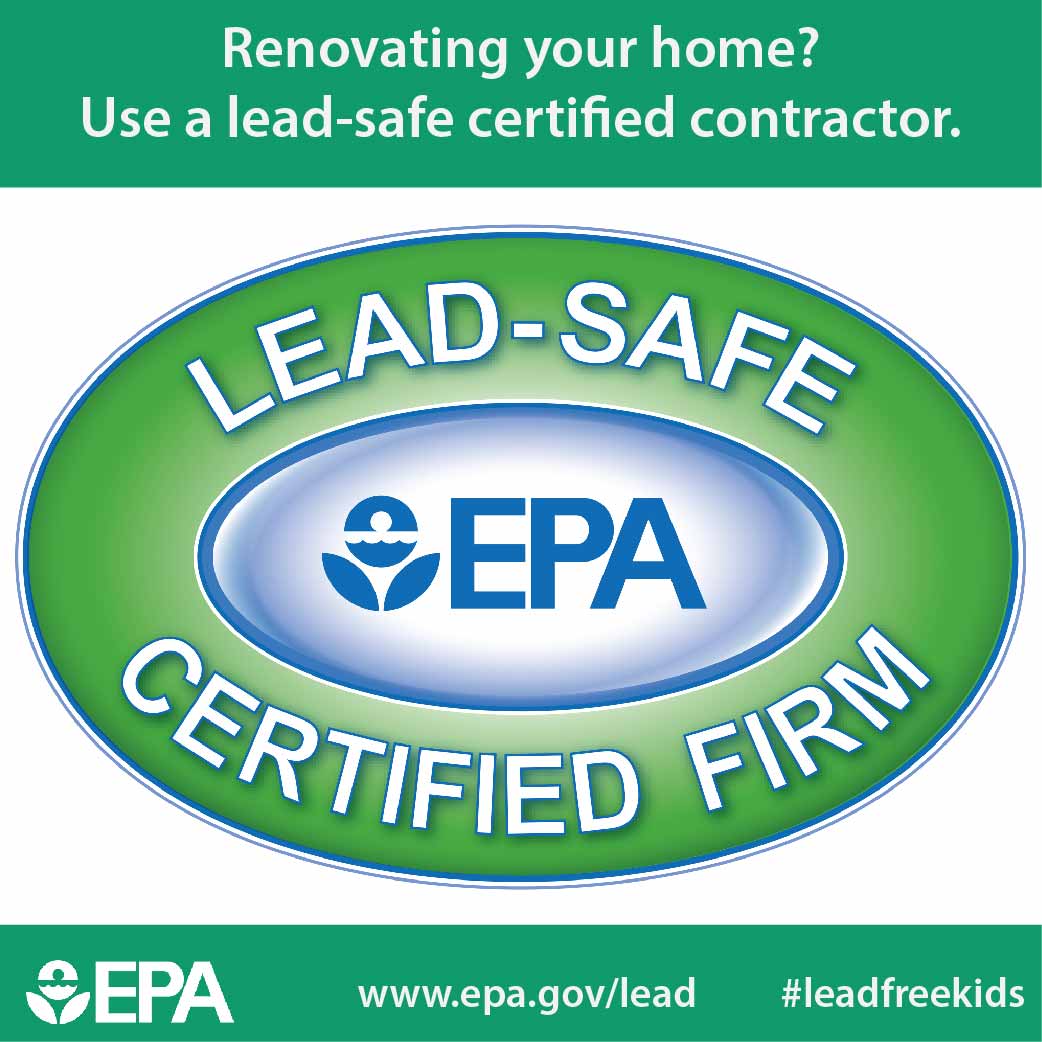Recognizing Seasonal Influences On Commercial Exterior Painting: Necessary Expertise For Success
Recognizing Seasonal Influences On Commercial Exterior Painting: Necessary Expertise For Success
Blog Article
read here -Carlson Celik
When you're intending a business outside paint project, seasonal elements can make or damage your outcomes. You'll wish to think about how temperature level and moisture impact paint application and drying times. Selecting the appropriate period can ensure your paint adheres effectively and lasts much longer. Yet which seasons are genuinely the most effective for this kind of job? Allow's discover the key elements that can influence your project's success.
The Effect of Temperature on Paint Application
When you're preparing a commercial outside painting job, the temperature can significantly influence how well the paint adheres and dries out.
Ideally, you wish to repaint when temperatures vary between 50 ° F and 85 ° F. If it's too chilly, the paint may not treat appropriately, resulting in concerns like peeling or breaking.
On the other hand, if it's too warm, the paint can dry out also promptly, avoiding appropriate attachment and resulting in an irregular coating.
You need to likewise think about the time of day; early morning or late afternoon offers cooler temperature levels, which can be much more favorable.
Constantly examine the supplier's referrals for the certain paint you're utilizing, as they typically provide support on the ideal temperature level range for ideal results.
Humidity and Its Impact on Drying Times
Temperature isn't the only ecological aspect that influences your industrial outside painting job; moisture plays a significant function too. High moisture degrees can decrease drying times substantially, affecting the total top quality of your paint task.
When the air is saturated with dampness, the paint takes longer to heal, which can bring about issues like inadequate adhesion and a greater danger of mildew development. If you're painting on an especially humid day, be prepared for prolonged delay times in between layers.
https://professional-exterior-hou98642.estate-blog.com/34183192/in-what-methods-do-appropriate-colors-influence-your-brand-name-s-aesthetic-allure-in-industrial-external-painting-discover-the-crucial-considerations-that-shape-your-choices to keep track of local weather and plan as necessary. Ideally, aim for moisture levels between 40% and 70% for ideal drying.
Keeping these factors in mind ensures your job stays on track and delivers an enduring surface.
Best Seasons for Commercial Exterior Painting Projects
What's the most effective season for your industrial exterior painting jobs?
Springtime and early fall are commonly your best bets. Throughout these seasons, temperature levels are mild, and humidity levels are often reduced, producing excellent conditions for paint application and drying.
Avoid summer season's intense heat, which can create paint to completely dry too promptly, bring about bad bond and surface. In a similar way, winter months's cold temperatures can prevent proper drying and curing, risking the durability of your paint work.
Aim for days with temperature levels between 50 ° F and 85 ° F for optimum results. Bear in mind to check the local weather forecast for rainfall, as wet conditions can destroy your task.
Planning around these aspects ensures your paint project runs efficiently and lasts much longer.
Verdict
Finally, intending your commercial outside painting tasks around seasonal considerations can make a considerable difference in the end result. By scheduling job during the suitable temperatures and moisture degrees, you'll guarantee much better adhesion and drying out times. Remember to watch on local weather report and select the right time of year-- spring and very early fall are your best bets. Taking these steps will certainly aid you accomplish a resilient and expert finish that lasts.
